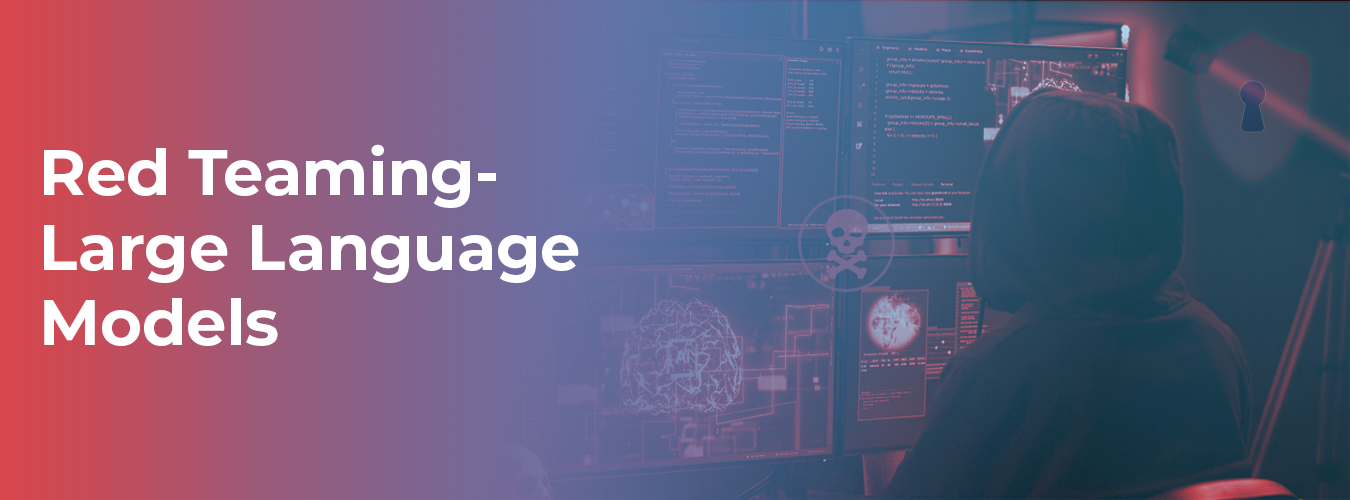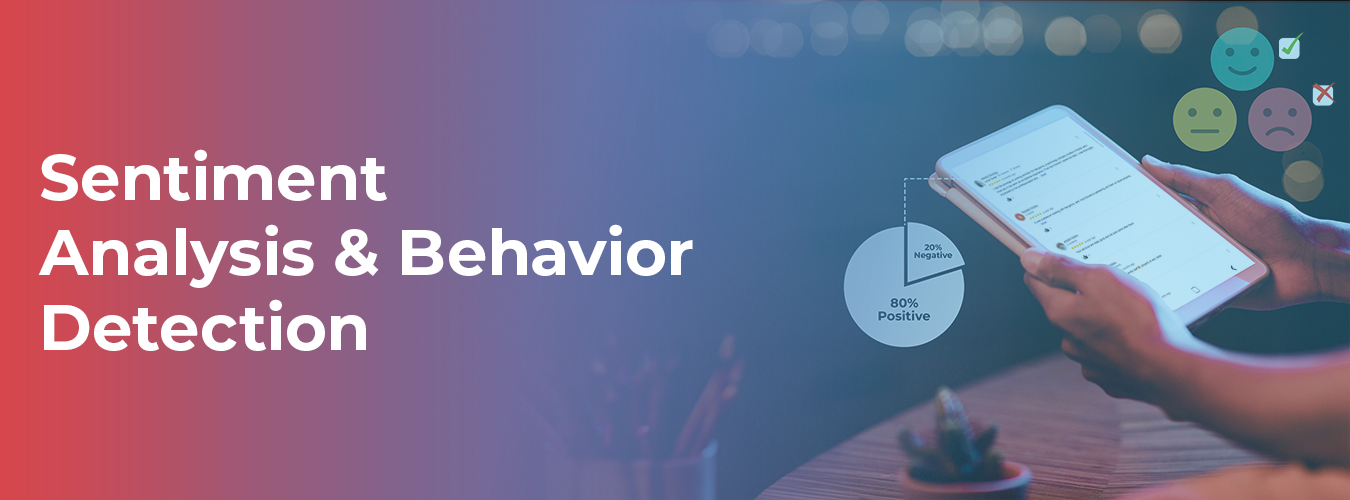Data annotation creates an outstanding base for any project. It is the heart of AI and Machine Learning (ML) algorithms, which affects algorithmic performance. To learn and recognize input data, annotation and enhancement are essential for AI and ML models. It is defined as Data classification and labeling for AI applications. Therefore, training data must be appropriately annotated and categorized for any use case. Image annotation is crucial for numerous applications, along with robotic imagination and prescient, computer vision, facial popularity, and devices getting to know-based photograph interpretation structures. In this blog, we will go deep into image annotation, from its basic understanding to the steps taken for it. We will further dig into its types, use cases, Macgence’s workflow for data annotation services, and Macgence as your good choice for data services.
What Is Image Annotation?
Image annotation is labeling an image, strategically involving human-powered work and, sometimes, computer-assisted help. It is essential in creating computer vision models for tasks like image segmentation, image classification, and object detection. Image annotation can range from annotating every group of pixels within an image to one label for an entire image, and it comes under data annotation services.
Successful image and data annotation projects involving computer vision are built on high-quality annotation. The type of annotation needed will depend on the use case the project is designed for.
Steps in Image Annotation
Step 1: Collecting Images
It collects the images that will be annotated and organizes them into folders with the help of data annotation services.
Step 2: Labeling Images
Each image is labeled according to the activities and objects it contains.
Step 3: Verifying Accuracy
The labels are then verified for accuracy.
Step 4: Uploading Data
The data is uploaded to a database for use in ML models.
Types of Image Annotation for Computer Vision
2D Bounding Boxes
It defines the boundaries of objects in a two-dimensional space using graphic representations. The boxes are usually used in computer vision and ML applications for separating areas of interest for objects.
Object Detection
This involves detecting semantic objects about a particular class (humans, buildings, or cars) concerning digital images and videos.
Key Point Annotation
By connecting multiple dots, the image annotation services recognize facial gestures, human poses, expressions, emotions, body language, and sentiments.
Polygon Annotation
This involves marking and drawing shapes on a digital image. It allows marking objects within an image based on their position and orientation. It consists of labeling images of irregular dimensions.
3D Cuboid Annotation
This is used for detecting and recognizing 3D objects in images. It helps machines determine the depth of vehicles, people, buildings, and other objects.
Semantic Segmentation
A semantic segmentation technique is used in data annotation to segment images. An image dataset is semantically segmented to locate all categories and classes.
Image Classification
Images or objects are classified within images per custom multi-level taxonomies like land use, crops, etc. It converts image data into image insights for AI and ML models.
Skeletal Annotation
This is used to highlight body movement and alignment. Data annotation annotators connect lines on the human body through this technique. They connect them with dots at points of articulation.
What Industries Need Image Annotation Services?
AUTONOMOUS TECHNOLOGY & TRANSPORTATION
Image annotation services can help deploy autonomous technology by labeling images of a car’s environment.
MEDICAL AI
Medical image annotation services include labeling medical imaging data to diagnose diseases and spot abnormalities.
COMMERCE
With image annotation in commerce, experts categorize e-commerce content by multiple attributes to improve search relevance and customer experience for online shoppers.
FINANCE & INSURANCE TECH
Data annotation experts extract and organize relevant material from vast sets of unstructured visual data to enable the automation of manual processes and streamlining of operations.
AGRITECH
It assists agriculture with computer vision training data for identifying product defects, sorting produce, managing livestock, capturing soil quality, applying fertilizer, and adjusting genetic conditions.
Our image annotation workflow
- Analyzing Requirements
When receiving a service query, our data annotation experts understand the clients’ annotation requirements and define the scope of work.
- Preparing Image Dataset
We receive image datasets from clients and prepare them for data annotation. We weed out irrelevant, blurred, or obscured images from the dataset.
- Specifying Objects
Once the image dataset is ready, we specify different objects and elements in the images that need to be annotated.
- Assigning Image Labels
We assign labels/tags to images, following different image annotation services- bounding boxes, key points, lines & splines, etc.
- Exporting Images & Quality Checking
After labeling the images precisely, we export the images. Further, this data goes through multiple quality checks to ensure high accuracy in the labeling process.
- Delivering Project
After thoroughly checking the annotated dataset, our image annotation services deliver the final output to the clients in the specified format (ideal for training datasets).
Key Features of Our Image Annotation Services
Image annotation is crucial for numerous applications, along with robotic imagination and prescient, computer vision, facial popularity, and devices getting to know-based photograph interpretation structures. Our specialized Image Annotation services cross beyond mere labeling, providing exact insights to enhance version comprehension. Whether refining object recognition, fine-tuning facial analysis, or improving scene understanding, our expertise ensures precise and contextually rich annotations. Trust us to elevate the depth and accuracy of your image data, enabling more sophisticated applications across various domains. Our comprehensive Data Annotation services are tailored to meet the specific requirements of your projects, ensuring superior performance and interpretability of machine learning models.
It is essential to enable AI applications to recognize objects as humans do to feed them with training data where each object is precisely labeled. However, accurately labeling many images is complex, cumbersome, and time-consuming. This is where our image annotation services help. Regardless of your datasets’ complexity, our image labeling services deploy top image annotation techniques that ensure precise and reliable outcomes.
Why choose us for image annotation services?
Macgence is a leading IT outsourcing company with years of experience. Over the last few years, we have helped several companies from all around the globe achieve AI excellence with bespoke image labeling services. Outsourcing our image annotation services allows your business to leverage our experience and expertise to drive more intelligent, insightful computer vision applications.
Here are some of the features that Macgence provides to you:
Quality on a Promise
Our team is committed to delivering high-quality image annotation services. Our training data is therefore tailored for the applications of our clients.
Uncompromised Data Security
Data security and confidentiality are of utmost importance to us. Our team ensures no data breaches occur at all points in the annotation process and provides you with the best data annotation services.
Scalable with Quick Turnaround Time
We at Macgence have the necessary resources and infrastructure to provide image annotation services on any scale while promising quality and timeliness.
Flexible Pricing
Besides offering flexible pricing, we can tailor our services to suit your budget and training data requirements with our pay-as-you-go pricing model.
Conclusion
In conclusion, image annotation is the cornerstone of AI and ML projects, particularly in computer vision applications. Image annotation empowers models to accurately recognize and interpret input data through meticulous labeling and categorization, driving advancements in autonomous technology, medical AI, e-commerce, finance, agritech, and various other industries. Macgence’s comprehensive image annotation services offer high-quality, secure, scalable, and cost-effective solutions tailored to meet the diverse needs of businesses worldwide, ensuring the success and accuracy of ML models for sophisticated applications across different domains.
FAQ’s
Ans: – In ML and deep learning, image annotation is the process of labeling or classifying an image using text, annotation tools, or both to show the data features you want your model to recognize. When you annotate an image, you are adding metadata to a dataset.
Ans: – For AI-based applications and ML models to function correctly and understand elements the same as humans, image annotation is fundamental. For example, image annotation helps an autonomous car differentiate between a mailbox, pedestrian, red light, people, trees, etc., to make appropriate driving decisions. Hence, image tagging enables the recognition system to process millions of images and precisely understand different objects in a frame.
Ans: – Data labeling is commonly used in sentiment analysis, text classification, and categorization applications. Data annotation, which provides richer context, is often employed in computer vision tasks like object detection, image segmentation, and autonomous driving systems.




